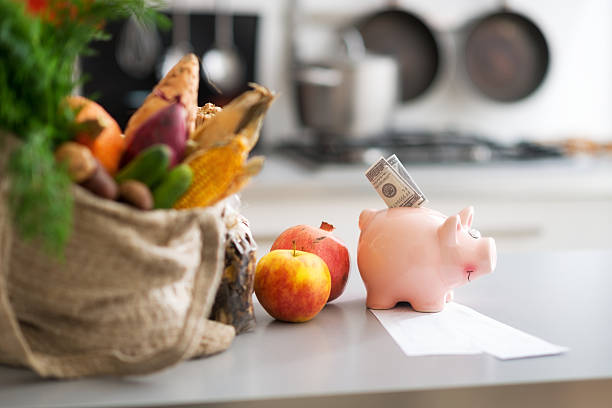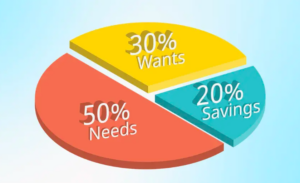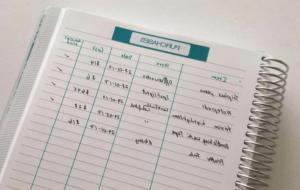Frugal Living Secrets: How to Save Thousands Each Year
Understanding Frugal Living
Frugal living is not about depriving yourself of life’s pleasures—it’s about making intentional choices with your money. At its core, frugality promotes mindfulness in spending, ensuring every dollar has a purpose. This lifestyle encourages prioritizing your needs over wants, finding value in possessions, and establishing goals for financial security. By adopting a frugal mindset, you can cut unnecessary expenses while still enjoying a meaningful and fulfilling life. Whether your aim is to pay off debt, save for a big purchase, or build an emergency fund, frugal living sets the foundation for achieving financial clarity and freedom.
Creating a Budget
Every successful frugal living strategy starts with a budget. Sit down and evaluate your income, fixed costs (like rent and bills), and variable expenses (like dining out and entertainment). Knowing exactly where your money is going enables you to identify areas where you can cut back. A zero-based budget—where every dollar is allocated to a specific purpose—can be beneficial in planning and tracking your spending. Use tools like spreadsheets or budgeting apps to stay consistent. A well-structured budget doesn’t just save you money—it offers peace of mind and control over your financial future.
Cutting Down on Housing Costs
Housing expenses often form the largest portion of a budget, making them a significant focus for frugal living enthusiasts. If you’re renting, consider moving to a smaller, less expensive property or negotiating your lease with your landlord. Homeowners can refinance their mortgage or take advantage of energy savings through insulation and other upgrades. If you’re open to it, hosting roommates or renting out a spare room can also offset housing costs. Downsizing doesn’t mean sacrificing comfort; it’s about deciding what truly matters and ensuring your living arrangements align with your financial goals.
Reducing Transportation Expenses
Cars can drain your budget through payments, insurance, fuel, and maintenance. To save on transportation, opt for more fuel-efficient vehicles or consider public transportation, biking, or walking when possible. Additionally, carpooling with colleagues or friends reduces costs significantly and helps the environment. For infrequent drivers, car-sharing programs can be cost-effective, eliminating the need for ownership. Taking the time to compare car insurance providers and keep up with regular vehicle maintenance can also prevent costly repairs. Strategic planning around transportation can free up a surprising amount of room in your budget.
Smart Grocery Shopping
Your grocery bill is another area where you can see instant savings with the right strategy. Plan your meals weekly and always shop with a list to avoid impulse purchases. Stick to seasonal produce, bulk items, and store brands, which are often more affordable than name brands but equally reliable. Coupon clipping and cashback apps can help you score discounts, and visiting farmer’s markets can also save money while supporting local businesses. Remember to avoid shopping on an empty stomach—it minimizes unnecessary indulgence and keeps your spending in check.
Cooking at Home
Dining out frequently is one of the quickest ways to sabotage your budget. Cooking at home is an essential frugal living secret that saves money and offers health benefits as a bonus. With meal preparation, you control the ingredients and portions, eliminating hidden costs like service fees and large tips. Experiment with cooking staples such as rice, beans, pasta, and vegetables—they’re cost-effective and versatile. Invest in basic cookware and try simplifying meal planning with batch cooking or freezer meals. Over time, you’ll develop skills and habits that make eating at home both enjoyable and economical.
Entertainment on a Budget
Who says being frugal means sacrificing fun? Affordable entertainment options are everywhere if you look closely. Instead of concerts or theater tickets, explore free local events, community workshops, or museums with no-entry days. Libraries aren’t just for borrowing books—you can often stream movies, attend workshops, or host game nights using borrowed board games. Subscription swaps with family or friends for streaming platforms can cut monthly costs. If you enjoy fitness, replace a costly gym membership with outdoor workouts, yoga videos, or low-cost fitness classes at community centers. Living frugally doesn’t mean giving up fun—just finding smarter ways to enjoy it.
Clothing and Personal Care
Fashion and grooming are often significant expenses, but small swaps can lead to big savings. Shop for clothes during off-season sales and explore thrift stores where you can find high-quality items at a fraction of the cost. Consider hosting clothing swaps with friends for a fresh wardrobe update without spending. When it comes to personal care, avoid brand-name products unless necessary—generic versions often deliver the same results. Simplify beauty routines by investing in multi-purpose products, and consider DIY solutions like homemade face masks and hair treatments. Prioritizing quality, durability, and practicality over trends makes personal care both affordable and rewarding.
Healthcare Savings
Healthcare is one of life’s inevitable expenses, but there are ways to manage it affordably. Start by reviewing your insurance plan to ensure you’re not overpaying for coverage. Many providers offer discounts for being healthy or participating in wellness programs. Choosing generic prescriptions over name-brand drugs and using comparison tools to find the lowest prices on medications can reduce costs significantly. Make wellness a priority—regular exercise, a balanced diet, and preventative care reduce the need for costly treatments. Don’t forget to take advantage of workplace benefits like HSAs (health savings accounts) for tax-free medical spending.
Automating Savings
Automating your savings is a foolproof way to ensure you stay on track with financial goals. Set up automatic transfers from your checking account to your savings account on payday so you treat savings as a non-negotiable expense. High-yield savings accounts or investment platforms can grow your savings while requiring little effort. Apps and services that round up your purchases and deposit the difference into savings add up over time without you feeling the pinch. By automating this process, you’re building consistent habits and passively paving the path to financial security.




